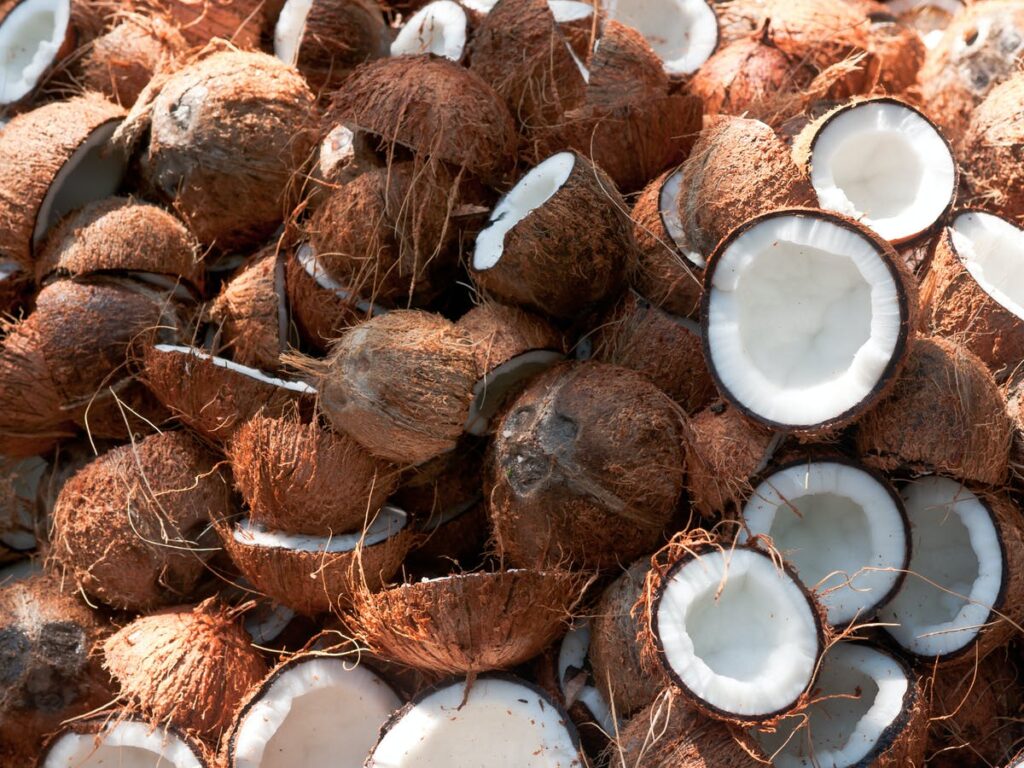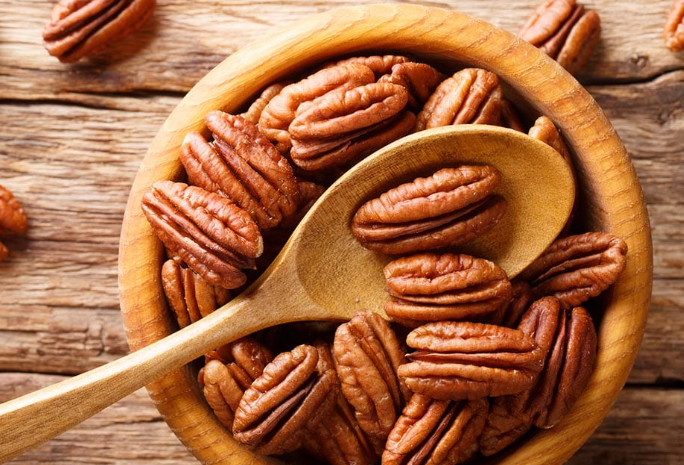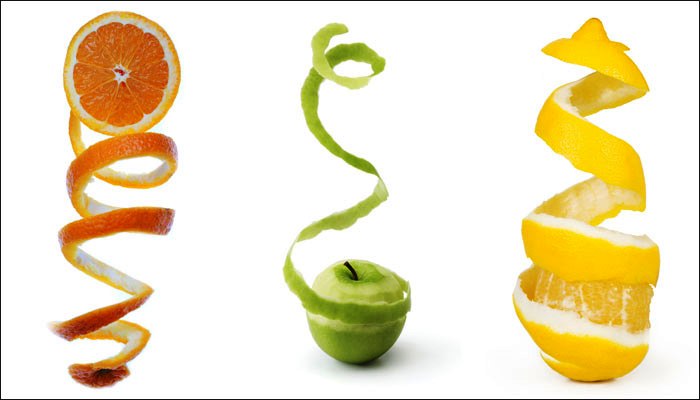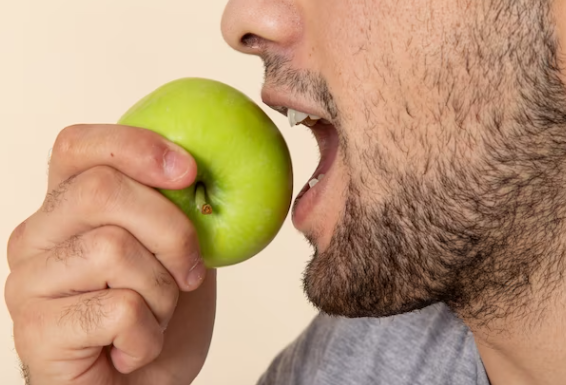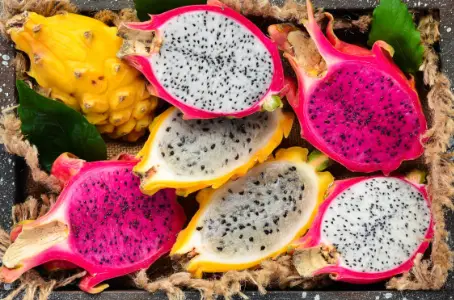The delicious mangosteen fruit is amazing, with its unique crown and tasty inside. Knowing when it’s just right to eat is key. Mangosteen doesn’t change color like other fruits when it’s ripe. Its tough outer cover doesn’t show what’s going on inside. To tell if it’s ripe, you have to look for small details that are easy to miss.
Here are some tips to help you choose the best mangosteen to eat:
Table of Contents
1. Size Matters More Than You Think
Big mangosteens are usually better. They tend to have more flesh and juice under their skin. Small, light ones might not taste as good because they might not be fully ripe yet.
Pick up a big mangosteen and feel how heavy it is. A heavy one should have nice, ripe insides. But small mangosteens can also be ripe if they grew slowly. If you want to eat one right away, choose a bigger fruit.
2. Examine the Crown Carefully
The crown of the mangosteen tells you a lot about how ripe the fruit is. It will have more pieces, from four to eight, as it gets ripe. If you see six or more pieces, it’s usually a good sign.
Try pushing down on the crown. If it moves a little, the fruit is probably ripe. You want it to be a bit floppy, not too hard. If the crown pieces are stuck together, the fruit isn’t ready yet. Look for one that’s a bit open and moves when you press it.
3. Feel for Ripeness Around the Middle
A ripe mangosteen’s skin should be firm but a bit softer around the middle.
Press on the middle with your thumb. If it bends in a little, that’s a good sign. If it’s still very hard, it’s not ripe yet. Find a mangosteen that’s a bit soft in the center for the best taste.
4. Give It a Good Shake
Shake the mangosteen by your ear. If you hear a quick, light sound, that means the seeds and flesh inside are ripe and juicy.
If the sound is dull or you can hardly hear it, the fruit probably isn’t ripe yet. A sharp sound tells you the fruit is full of juice and ready to eat. But be gentle—shaking too hard can hurt the inside. A soft shake is enough.
5. Sniff for a Sweet Aroma
When a mangosteen is almost fully ripe, it smells really sweet and nice. Smell the fruit to see if it’s ready to eat.
If a mangosteen doesn’t smell like much or seems off, it’s not ripe or might be bad. A good, ripe one smells sweet and flowery, a bit like peaches and strawberries. Use your nose to find one that smells really good.
6. Inspect the Stem Area
Look at the spot where the mangosteen was attached to the tree. If the stem end is dried up, it means the fruit was picked too soon.
A perfectly ripe mangosteen has a fresh-looking, green spot where the stem was. If that spot is getting dark or wrinkled, it might be too ripe. Choose one with a green, smooth stem end for the best flavor.
7. Hunt for Any Hints of Yellow
Even though the mangosteen’s skin stays purple when it’s ripe, sometimes you can see a bit of yellow close to the stem.
During ripening, the green color fades and bits of yellow can show up. It’s a good sign if you see tiny yellow spots or lines. Don’t pass up a mangosteen for showing a little yellow; it means it’s getting ripe.
8. Test Small Sample Sections
To be really sure, you can open one and taste a small piece. If it’s not ripe, it will taste bitter. But if it’s ripe, it will be very sweet and won’t taste harsh at all.
If you’re still not sure after checking everything else, cut a little hole and try a bit. Let your taste buds help you decide before you cut the whole thing open. A ripe mangosteen is extra special and worth the wait.
9. Don’t Judge Ripeness By Color Alone
Mangosteens stay the same color while they ripen, so it’s not easy to tell if they’re ready just by looking at their color.
Instead, look at the crown, smell it, check the stem area, and feel it to figure out if it’s ripe. Don’t worry too much about how bright or dark it is. Once you know these special signs, you’ll always be able to choose a great mangosteen.
Wrapping Up
The mangosteen is a great fruit to enjoy, but it’s hard to tell when it’s just right to eat. It doesn’t change color to show it’s ready like other fruits do. Instead, look for things like the crown, tiny yellow spots, good smells, and a little bit of softness to know when it’s ripe. Learn these special tips, don’t rely on color, and you can find amazing mangosteens every time. Enjoy that amazing first bite, your efforts to find a ripe one will be worth it!
